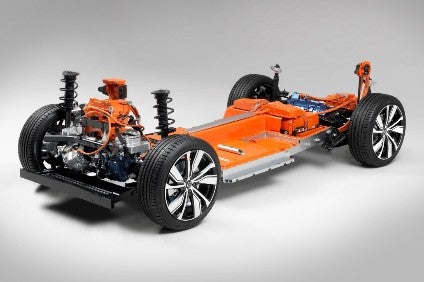
Geely’s Volvo Car Group, including affiliates Lynk & Co and Polestar, said over 600,000 group vehicles based on the Compact Modular Architecture (CMA) platform, introduced in 2017, have been sold.
The CMA platform, co-developed by Volvo Cars and Zhejiang Geely Holding (Geely), is a joint development, production and procurement projects achieved since Geely’s acquisition of Volvo Cars on 2 August 2010.
The platform appeared in 2017 under the hugely popular Volvo XC40, and due to its modular design, was used for the Lynk & Co 01, 02, 03 and 05, as well as the pure-electric 2020 Polestar 2 and the XC40 Recharge P8 EV.
“We are incredibly proud of these sales figures for our CMA cars,” said Hakan Samuelsson, chief executive at Volvo Cars. “We have had 10 very successful years with Geely and we will continue to leverage the excellent partnerships we have created within the Group to pave the way for further growth and synergies.”
Since the acquisition by Geely 10 years ago, Volvo Cars has completely renewed its product range of SUVs, estates and saloons, and became the first traditional car maker to commit to all-out electrification, supported by the introduction of its Recharge range.
The range offers a PHEV option on all Volvo car models with the aim that by 2025 half of its global sales volume will consist of fully electric cars, with the rest hybrids.

US Tariffs are shifting - will you react or anticipate?
Don’t let policy changes catch you off guard. Stay proactive with real-time data and expert analysis.
By GlobalDataOver the past decade, Volvo Cars has transformed its business to become a truly global player in the automotive industry. It has grown its global sales from 449,255 in 2011 to over 700,000 in 2019, more than doubled its revenue from SEK126bn in 2011 to SEK274bn in 2019, and strengthened its operating profit from SEK1.6bn in 2011 to SEK14.3bn in 2019.
The company also expanded its manufacturing and R&D network across the globe: while it started out with two manufacturing plants and an engine plant in Europe, it now has four additional manufacturing sites and an R&D centre in China, as well as a manufacturing plant in the United States.



